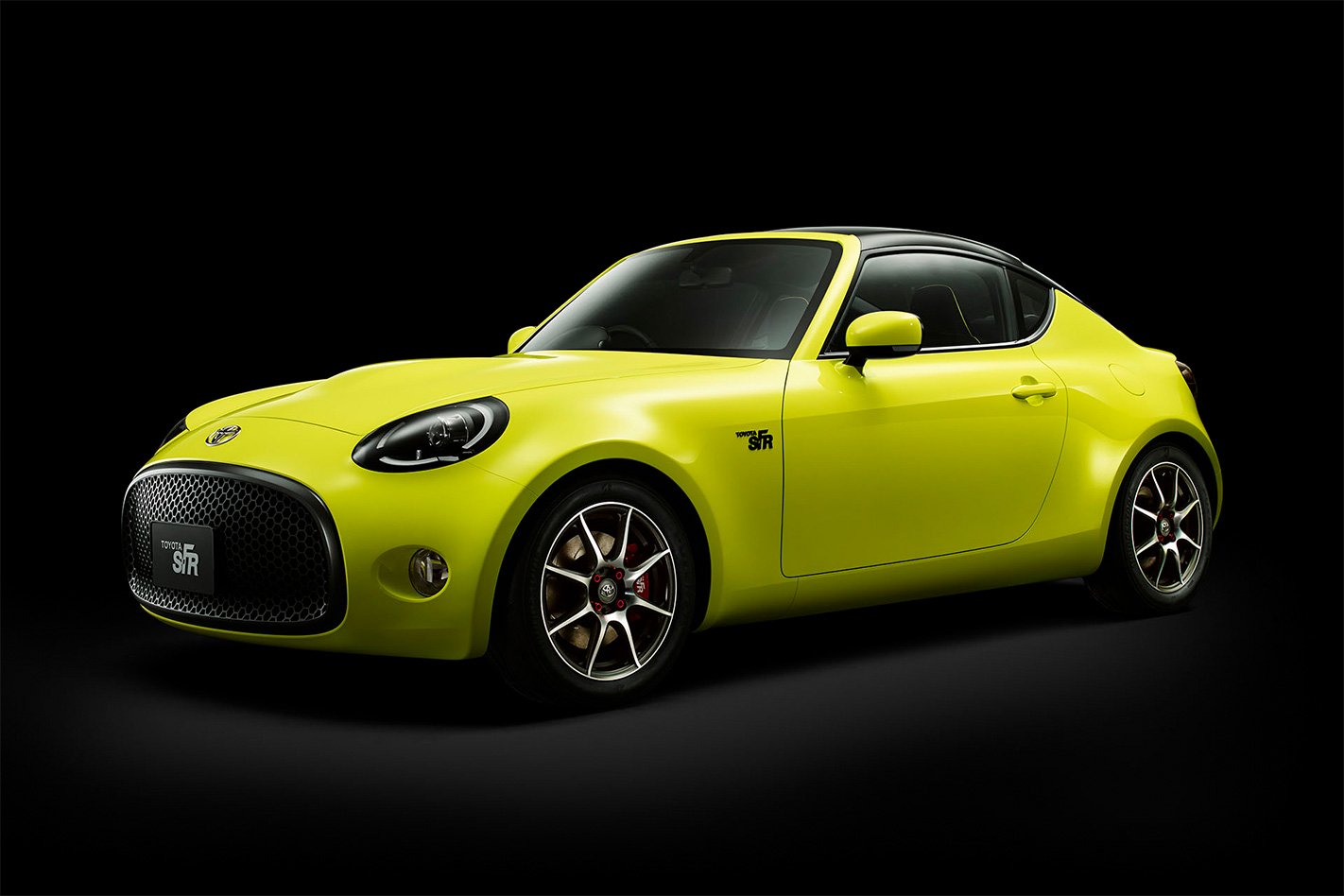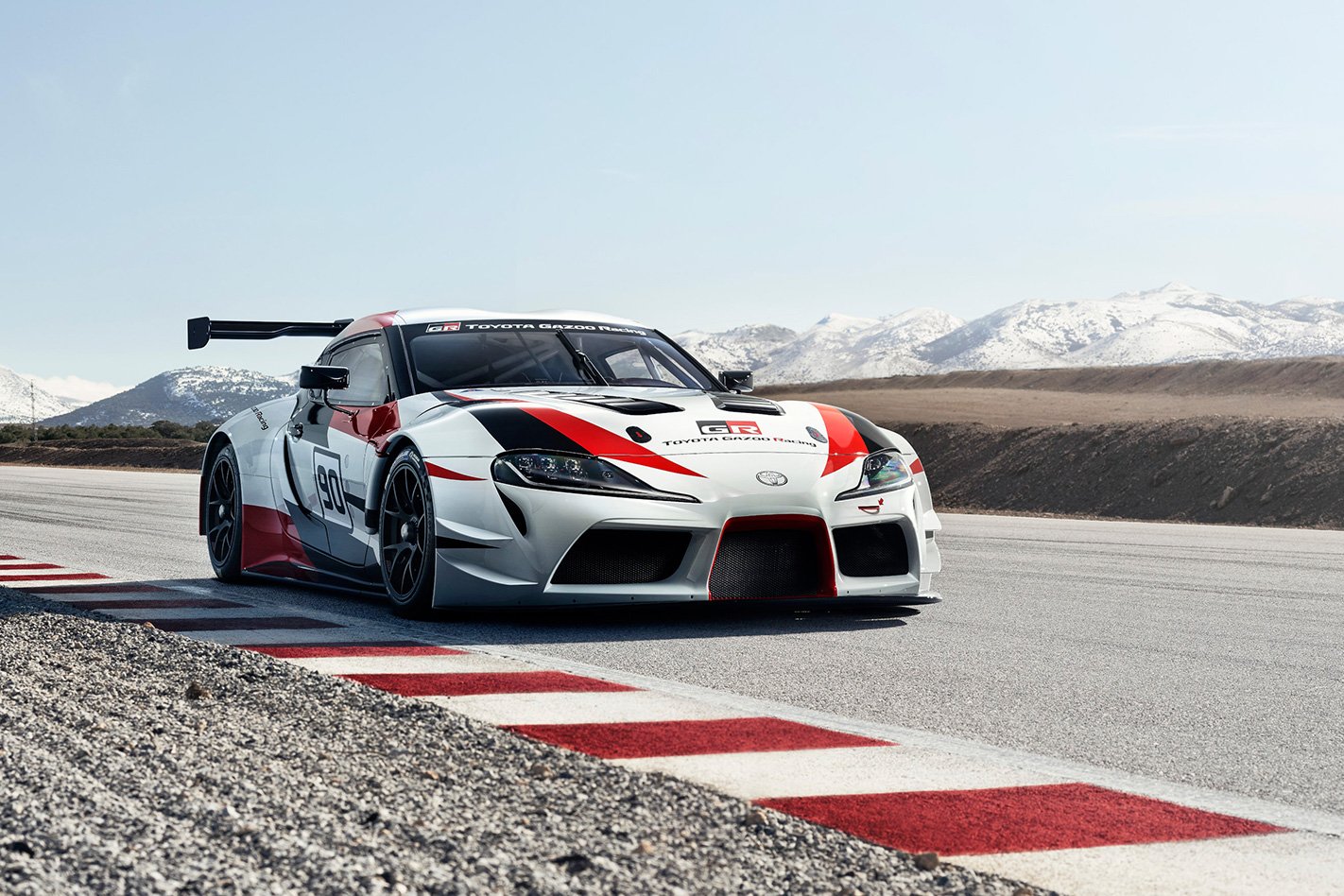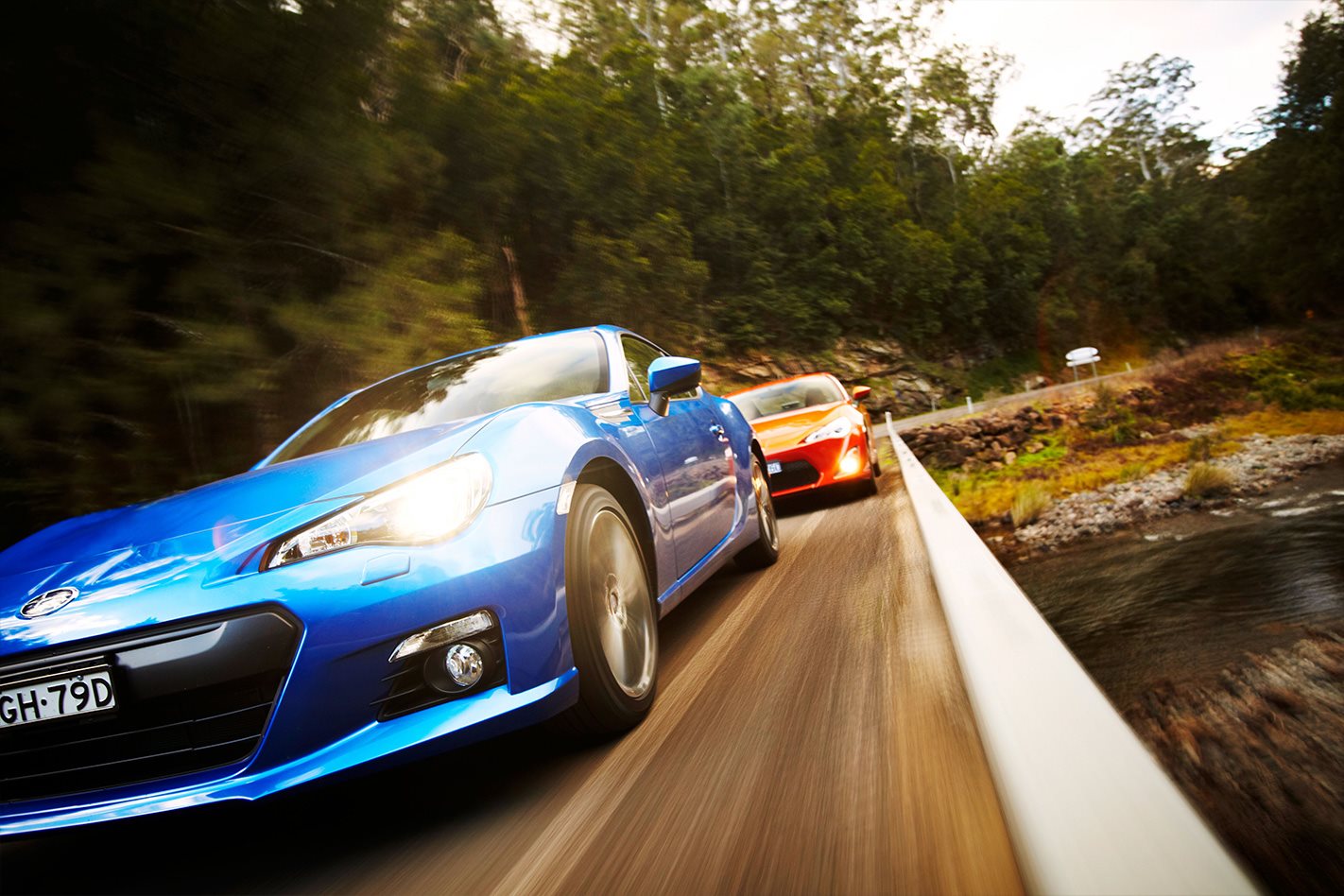THE rocky marriage between Japanese rivals Toyota and Subaru that spawned the Wheels Car of the Year-winning 86 and BRZ pairing may be about to get a second chance.
The internet lit up today after a Japanese media outlet, talking to unnamed and unquoted sources, reported the Toybaru partnership had renewed its vows, and was working on a new version of the beer-budget front-engined, rear-drive coupe with “improved performance”.
Key to that performance boost, the Japan Times claimed, was a shift to the 2.4-litre engine developed for the US-market Ascent people-mover – a replacement for the slow selling and unloved Tribeca – which also packs a turbocharged punch.

However, news of the development program flies in the face of what Toyota 86 chief engineer Tetsuya Tada told Wheels at last month’s Geneva-based reveal of a track-spec, tin-top Supra that teased Toyota’s long-awaited fifth-generation Supra sports coupe: “No, we are thinking and discussing about the possibility of coming up with a new version of GT86, but it’s not decided yet,” he said.
Tetsuya pointed to Toyota’s front-engined, rear-drive S-FR concept – which appeared near production-ready and was widely tipped as a potential baby-brother to the 86 – as an example of how quickly business cases could change.

“Even if it’s quite close to production, it doesn’t mean that it gets to production. There are various reasons why sports car production might not succeed, and that’s how difficult this business is.”
Part of the problem facing the partnership is working out who will donate the new 86’s platform. A hint may lie in Tetsuya’s response to a follow-up question on whether the Japanese car maker planned to ever fit the Supra with a four-cylinder engine.
“We’re working on and looking into the research and development of all sorts of [Toyota Supra] variants, but it hasn’t been decided which one will finally go to production and I think we still have time and opportunity to decide what will be the best option to take before the [Supra’s] launch,” he said.
That sort of opens the door for Toyota to develop a four-cylinder spin-off of the BMW-shared Supra/Z4 platform, a car that would be capable of replacing the 86 as an entry-level sports car. It would most likely use BMW’s 2.0-litre B48 engine, and permit greater economies of scale for the shared platform.

The Toyota New Generation Architecture, which sits under a new generation of front-driving Toyota-badged products but is also engineered to spawn Lexus-badged rear-drive models, could conceivably also accommodate a compact RWD coupe.
Complicating all that is the understanding that the only engine in Subaru’s line-up that matches the speculated larger-capacity requirement is the new-generation 2.4-litre direct injection four-cylinder boxer engine that powers the US-market Ascent people-mover. Subaru has talked it up as providing V6-like performance via its twin-scroll turbocharged induction, an idea that’s not new in its class; Mazda has moved to a similar format for its SUV-styled, Wheels Car of the Year-winning CX-9 seven-seater, developing a turbocharged 2.5-litre unit that will soon also make a lip-smacking appearance here under the bonnet of the Mazda 6 mid-size sedan.
But jumping to the turbo engine will mean the borderline underpowered 86/BRZ pair is likely to experience a big, mindset-altering jump in performance; up from 152kW/212Nm in six-speed manual versions (auto versions with the same gear count are limited to 147kW/205Nm) up to the 2.4’s estimated 190kW and 375Nm. No specifications are given for a normally aspirated version of that engine – the one that would better suit the original 86’s original skinny tyred, borderline-underpowered ethos.
Toyota has been thinking about what it will do next with the 86 – the GR HV Sports Concept unveiled at last year’s Tokyo motor show, but looking more like a late-life, Gazoo Racing-inspired makeover of the current product, clearly shows that. However, unlike the Japan Times story, the future for the 86 isn’t yet written.





